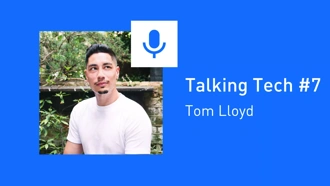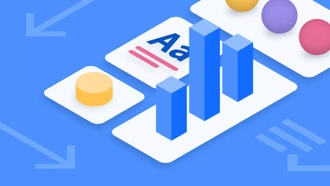When you think about all of the things you’d like to do with your brand, “storing it” probably isn’t one of them. Hence, it doesn’t make sense to try to use cloud storage platforms like Box, Dropbox or SharePoint as the engine that accelerates your brand.
For basic file sharing and storage, cloud storage applications can be an easy-to-scale and often cost-effective solution. But you don’t want to keep your brand on ice – you want to use it to drive business value, increase sales and promote loyalty, among other things. To accomplish that requires a lot more than file storage and link sharing.
Creating value with your brand requires tools to aid collaboration, extend creativity, manage standards and simplify distribution. You need a platform that connects valuable brand assets with all the people who contribute to your brand’s success and all the places those assets can enrich customer experiences. This is where digital asset management (DAM) excels and cloud storage falls short.
Shared foundation, divergent mission
Cloud storage applications were built to remove the limitations of the hard drive; the fundamental goals were shared access and distribution of digital files. Digital asset management was created to satisfy an altogether different set of objectives that pick up where file storage and sharing left off.
DAM supports the use of digital assets, solving the problems related to the development, management and distribution of brand assets. Applications like Dropbox and Box help you keep your files safe and share them easily. DAM powers your brand and puts brand assets to work.
While the two platforms have quite different objectives, there are some basic capabilities that DAM and cloud storage have in common. Both allow you to store files securely in the cloud for easy access from anywhere, on any device. Users also have the ability to share files with others. With cloud storage applications, this is done via emailed links; with DAM, there’s an added level of security based on user permissions. Finally, both platforms have a built-in quick-search function to help you sort through thousands of files.
Know the DAM difference
DAM is built for managing content and the entire asset lifecycle. It allows you to build, share and distribute your brand as a whole, not as individual files or links that are simply emailed back and forth. DAM moves beyond basic file-sharing and provides everything you need to create value with your brand assets.
Brand Management: DAM serves as the centralized hub where employees can access not only what they need, but the guidelines that govern where and how to use this content. This ensures you maintain a consistent brand across all channels. When you use cloud storage applications to distribute brand assets, employees receive links to files with no context for how to use them.
Controlled Access: With DAM, administrators not only control where and how content can be shared, but also who can access content and what permissions they have, such as viewing, downloading and editing. With cloud storage applications, individual content owners manage their own sharing settings, putting company content at risk.
Accelerated Workflows: Marketing and communications teams use DAM to centralize assets and streamline content distribution. Embeddable links allow you to post downloads that pull content directly from your DAM. And when you update assets in your DAM, they’re updated everywhere. Work with rights-managed images? Save yourself from administrative headaches by setting expiration dates ahead of time and restricting access to expired content.
Marketers aren’t the only people who benefit from DAM’s streamlined workflows. DAM allows designers to collect feedback and collaborate throughout the asset-development lifecycle. Finished files are loaded directly from Adobe Creative Cloud to your DAM, where they can then be cropped, resized or converted upon download. With cloud storage, what you see is what you get – any customizations required are often directed to designers, eating up valuable time that could otherwise be spent creating.
Powerful Search: No one wants to waste more time than necessary searching for an asset; that time is better spent focusing on ways to make that asset work for your brand. DAM supports metadata and tagging so your assets are always organized and easy to retrieve. And, unlike cloud storage applications that only support basic search queries, DAM helps you hone in on the perfect asset by allowing you to search within files and folders, by file type and more.
Extendable API & Integrations: DAM integrates with the platforms that power your enterprise. You can feed content and visuals directly to your CMS or social channels, as well as use embeddable download links that connect to content housed in your DAM. DAM also boasts an extendable API that allows you to build custom solutions that integrate with proprietary software or third-party platforms such as:
- Content management systems like Sitecore or Drupal
- Social media publishing tools like Hootsuite
- Design tools such as Adobe Creative Cloud
Actionable Analytics & Reporting: In just one click, you can view reports that show who is using your DAM and the content therein, how many times an asset has been accessed and what actions users have taken. Don’t settle for the basic download reports provided by most cloud storage providers. Get the data you need to optimize your investment and your assets.
Time to get rid of those boxes
Boxes are pretty useful for moving or for packing things away in storage. But for branding? Not so much. Platforms like Dropbox and Box provide limited control over your brand while also limiting the functionality of your creative assets. Free your brand and let it work the way it was meant to. Consider using DAM to help you work more efficiently, maintain control of of your brand and spend more time focusing on the activities that provide the most value for your organization.
Ready to brand outside the box? Contact Bynder to learn about the many ways we can help you free your brand.












